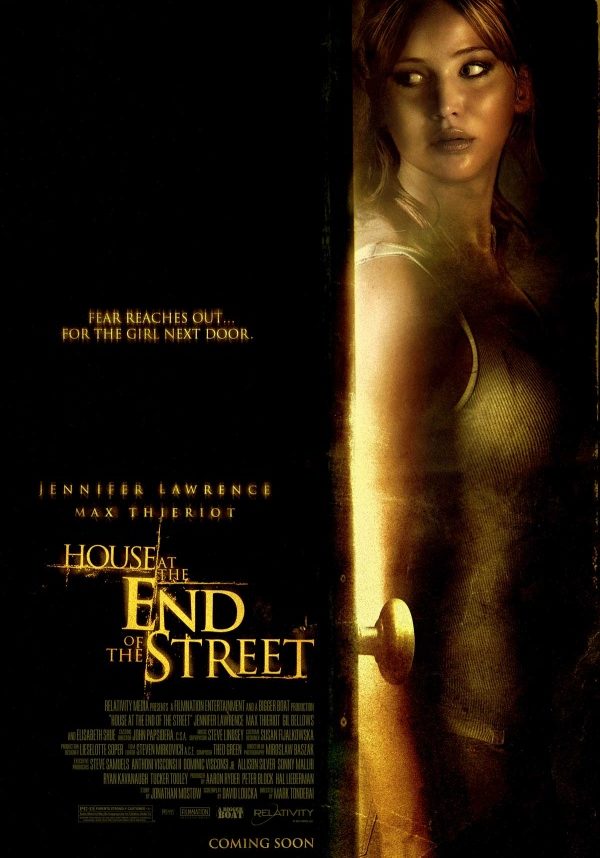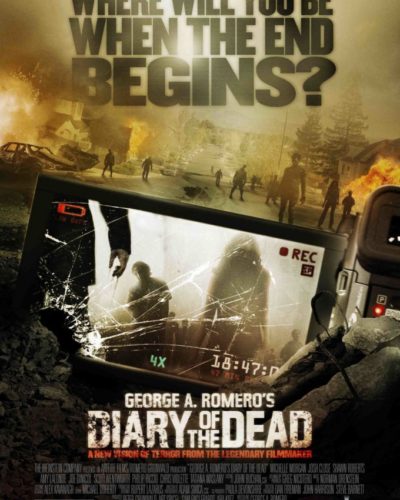Whispers in the Shadows: The Quiet Terror of ‘House at the End of the Street’
“Don’t be scared,” a line that might as well serve as bait, for in the small-town thriller ‘House at the End of the Street,’ fear is a silent invader. Mark Tonderai directs this 2012 entry into the horror genre, pushing us through a narrative that’s both familiar yet thrives on its subtle disquietude. A mother-daughter duo, Sarah and Elissa (played by Elisabeth Shue and Jennifer Lawrence), move into a dream home in rural Pennsylvania, only to discover that the neighboring house harbors a brutal history. When Elissa befriends the surviving son of the double-murder house, Ryan (Max Thieriot), the film skates a delicate line between psychological thriller and horror.
Tinges of Dread: Crafting an Atmosphere of Unease
The horror of ‘House at the End of the Street’ is not one of overt shocks but an undercurrent of menace. Tonderai expertly weaves a world where dread lurks in the day-to-day, utilizing extended silences and unsettlingly prolonged shots. Rather than assault the audience with forgettable jump scares, the film opts to ratchet tension through a creeping foreboding that something is amiss in this seemingly idyllic setting.
Painting Fear: Cinematography and Haunting Hues
The visual palette leans heavily on muted tones and shadows, with cinematography that often traps our protagonists within the frame, echoing their entrapment within the story. When splashes of violence color the screen, they are all the more jarring due to the restraint shown elsewhere. The use of natural lighting and hand-held camera work infuses a raw, voyeuristic feel, drawing the viewer uncomfortably close to the action.
Echoes of Horror: A Soundtrack That Whispers Panic
A refusal to over-rely on a bombastic score allows for environmental sounds to play a more critical role in building suspense. There are moments when the absence of sound amplifies the tension, punctuated by a discordant score that claws at the nerves during key scenes. Sound is just as much a character here as the haunted house trope itself.
Shadows Cast by the Human Psyche: Performances and Terror
The characters in ‘House at the End of the Street’ feel interwoven with their setting, earthy and raw. Lawrence’s Elissa is both headstrong and vulnerable, providing a grounded, relatable center to the narrative whirlwind. Thieriot as Ryan moves with a spectral quality, fostering sympathy while simultaneously unnerving the audience. The horror feels all the more invasive due to their earnest portrayals.
Terror’s Many Faces: Horror Genre Blending
Moving beyond any single sub-genre of horror, ‘House at the End of the Street’ layers elements of psychological exploration with dashes of the supernatural, though steadfastly rooted in reality. This combination deepens the engagement with the film, as the viewer is left questioning the source of the true horror—external or internal.
Murder Houses and Society’s Fears: Themes and Reactions
‘House at the End of the Street’ doesn’t hoard its horrors. It sheds light on larger societal issues of isolation and the stigmas surrounding mental illness. The terror within is not just a device for scares but a reflection of real-world anxieties. This thematic depth ensures the movie lingers in the mind, much like the quiet, unsettling hum of an old house at night.
Who Ventures to the ‘House at the End of the Street’?
Fans of slow-burn horror and narratives that lean into mood rather than mayhem will find themselves at home here. Those seeking high-octane, adrenaline-pumping terror might find the pacing deliberate, but the reward is in the film’s atmospheric dread and psychological mystery.
Final Judgment: Is the House Worth the Visit?
‘House at the End of the Street’, while not redefining horror, does reacquaint us with the power of quiet unease. The film’s subtlety is its strength and weakness; certain viewers will pine for more overt terror, while others will appreciate the understated approach to fear. The movie is cautious with graphic content, yet it may still unsettle a viewer’s peace of mind. With robust performances and a commitment to atmospheric horror, ‘House at the End of the Street’ is a cautious recommendation for those who savor the slow creep of dread over the sudden leap of a scare.




